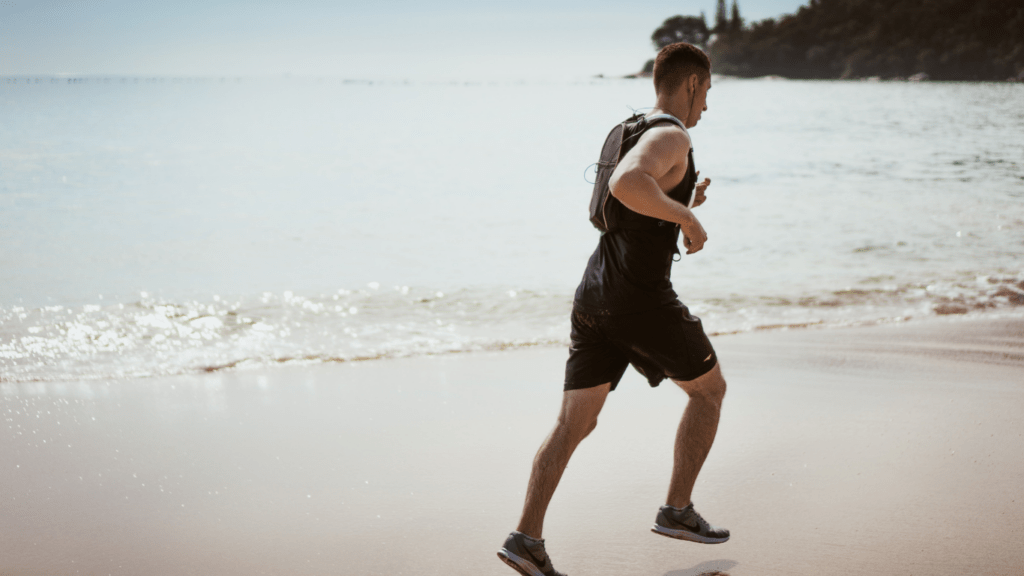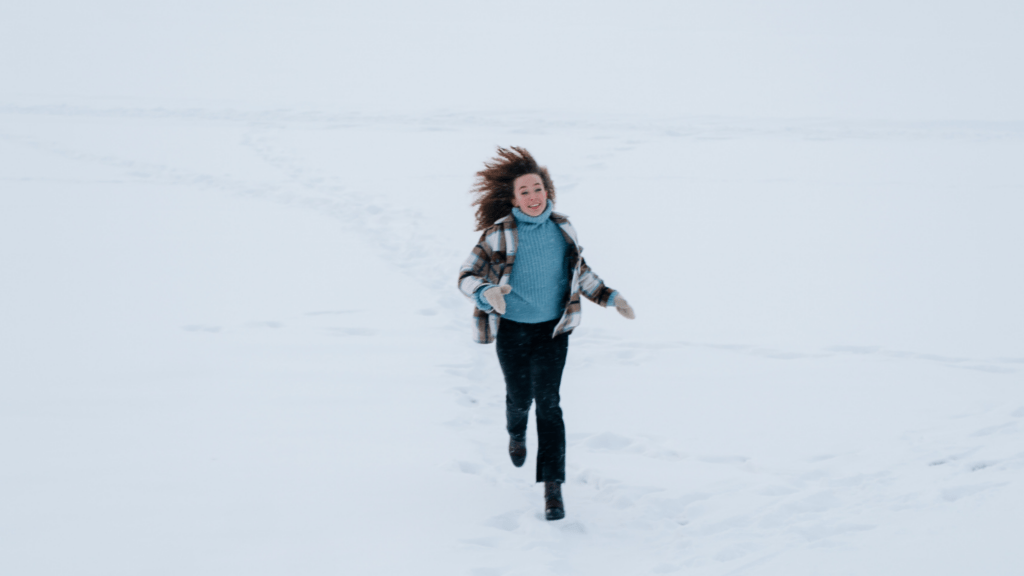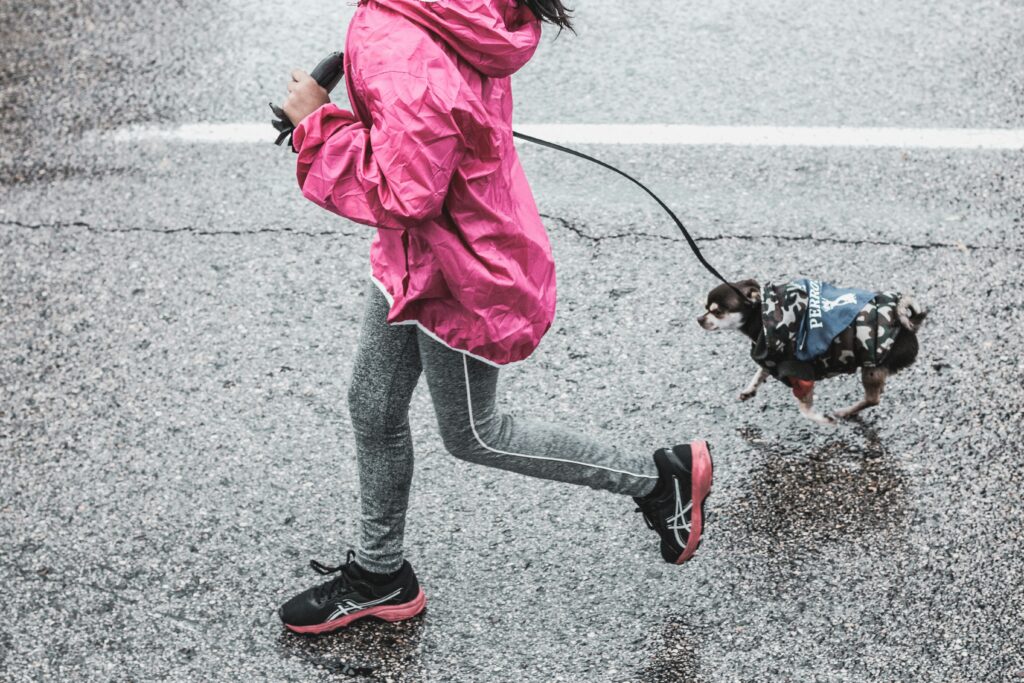Understanding Seasonal Running
Running throughout the year presents unique opportunities and challenges. Adapting training to match the season’s climate can significantly impact performance and overall experience.
The Impact of Weather on Performance
Weather can dramatically influence running efficiency. Hot temperatures increase sweat rates and heart rates, leading to quicker dehydration and fatigue.
Cold weather stiffens muscles and joints, affecting stride and speed. Wind adds resistance, making the effort required to maintain pace higher. Rain and humidity change the terrain, introducing slippery surfaces that demand more focus and energy.
Physiological Adjustments for Different Climates
Different climates require specific physiological adaptations. In hot conditions, blood flow shifts to the skin to aid cooling, reducing the blood available to muscles, impacting stamina.
Training in cooler temperatures necessitates longer warm-ups and layered clothing to maintain optimal muscle temperature.
High-altitude training boosts red blood cell production, enhancing oxygen delivery but requires gradual acclimatization to prevent altitude sickness.
Adapting to humidity involves acclimation to increased sweat but decreased evaporation rates, impacting cooling efficiency.
Spring Running Tips
Spring presents unique challenges and opportunities for runners. The changing weather requires specific adaptations to ensure optimal performance.
Appropriate Gear for Spring
Wear moisture-wicking apparel. Spring weather can be unpredictable, with sudden rain showers and fluctuating temperatures. Opt for lightweight, breathable fabrics that keep you dry and comfortable.
Use layers to manage varying temperatures. Combine a moisture-wicking base layer with a versatile outer layer like a windbreaker. This lets you adjust quickly to sudden changes.
Protect against unpredictable rain. A water-resistant jacket can prevent you from getting soaked in unexpected showers.
Adjusting Workouts in Transitioning Weather
Warm up thoroughly. Spring’s fluctuating temperatures can confuse your muscles.
- Proper warm-ups minimize risk of injury. Incorporate flexibility exercises. As temperatures shift, so do muscle dynamics.
- Stretching helps maintain performance despite changes. Vary your running times.
- Cooler mornings and warmer afternoons require adjusted schedules to optimize performance.
- Adapt your intensity. Gradually increase workout intensity to match the improving weather, avoiding sudden and drastic changes.
- Stay hydrated. Spring’s milder temperatures might mask dehydration risks.
- Drink water before, during, and after runs.
These strategies ensure a smooth transition to spring running, helping maintain performance and motivation during fluctuating weather conditions.
Summer Running Strategies

Adapting to summer running demands specific adjustments to manage the heat. Focusing on hydration and timing can improve comfort and performance.
Hydration and Cooling Techniques
Hydration is crucial in summer. Drink water before, during, and after runs to maintain fluid balance. Incorporate electrolyte drinks, especially for runs exceeding one hour, to replenish sodium and potassium levels.
Wear light, moisture-wicking clothing to enhance cooling. Consider using cooling tools: cold towels, ice packs, and cooling scarves can help lower body temperature. Plan routes with water fountains or carry a hydration pack for longer runs.
Timing Your Runs to Beat the Heat
Running early in the morning or late evening helps avoid peak temperatures. Aim for times when the sun is lower, usually before 7 AM or after 7 PM. This reduces exposure to harmful UV rays and limits heat stress.
Monitor weather forecasts to choose the coolest days for intensive workouts. Adjust the intensity of runs on particularly hot days by incorporating intervals of walking or slower paces.
Fall Running Guide
Fall presents unique opportunities for runners to adapt their training as temperatures drop and the environment transitions. Embrace cooler, crisper air while maintaining performance.
Layering for Cooler Temperatures
Layering appropriately maximizes comfort on fall runs. Start with a moisture-wicking base layer to keep sweat off the skin. Add an insulating layer like fleece for warmth, and top it off with a wind- and water-resistant jacket to combat cool winds and potential rain.
Incorporating Speed Work After Summer
Fall is ideal for incorporating speed work after the heat of summer. The cooler temperatures reduce the risk of overheating, making it easier to push intensity. Interval training can boost cardiovascular fitness and improve overall speed.
For instance, I might add short sprints or tempo runs to my regimen, taking advantage of the more forgiving climate.
By optimizing layering choices and reintroducing speed work, runners can fully capitalize on the autumn season’s advantages.
Winter Running Essentials
Staying active during winter demands preparation and the right approach to tackle the cold weather challenges.
Staying Warm and Safe in Cold Conditions
Proper layering is essential in winter to stay warm and safe. Thermal base layers and moisture-wicking fabrics help retain heat while keeping sweat off your body.
Wearing a windproof outer shell can shield you from icy winds, making your run more comfortable.
Reflective gear is crucial for visibility during shorter daylight hours. Hand, ear, and head protection can prevent frostbite such as:
- gloves
- beanies
- earmuffs
Are practical choices.
Foot care is also vital; moisture-wicking socks and trail shoes can offer good grip and warmth. Staying aware of frostbite and hypothermia signs ensures you can take action promptly if conditions become dangerous.
Indoor vs. Outdoor Training Options
Winter offers both indoor and outdoor training options for flexibility. Treadmill running is an effective indoor alternative, allowing for controlled conditions and consistent workouts regardless of weather.
You can also engage in strength training and cross-training indoors to maintain fitness. For those preferring the outdoors, proper gear can make cold-weather runs feasible and enjoyable.
However, extreme weather or poor road conditions might necessitate indoor sessions. Mixing both indoor and outdoor training can offer variety and comprehensive fitness benefits.
By adapting your training routine to winter’s demands, you can maintain your running regimen effectively.



